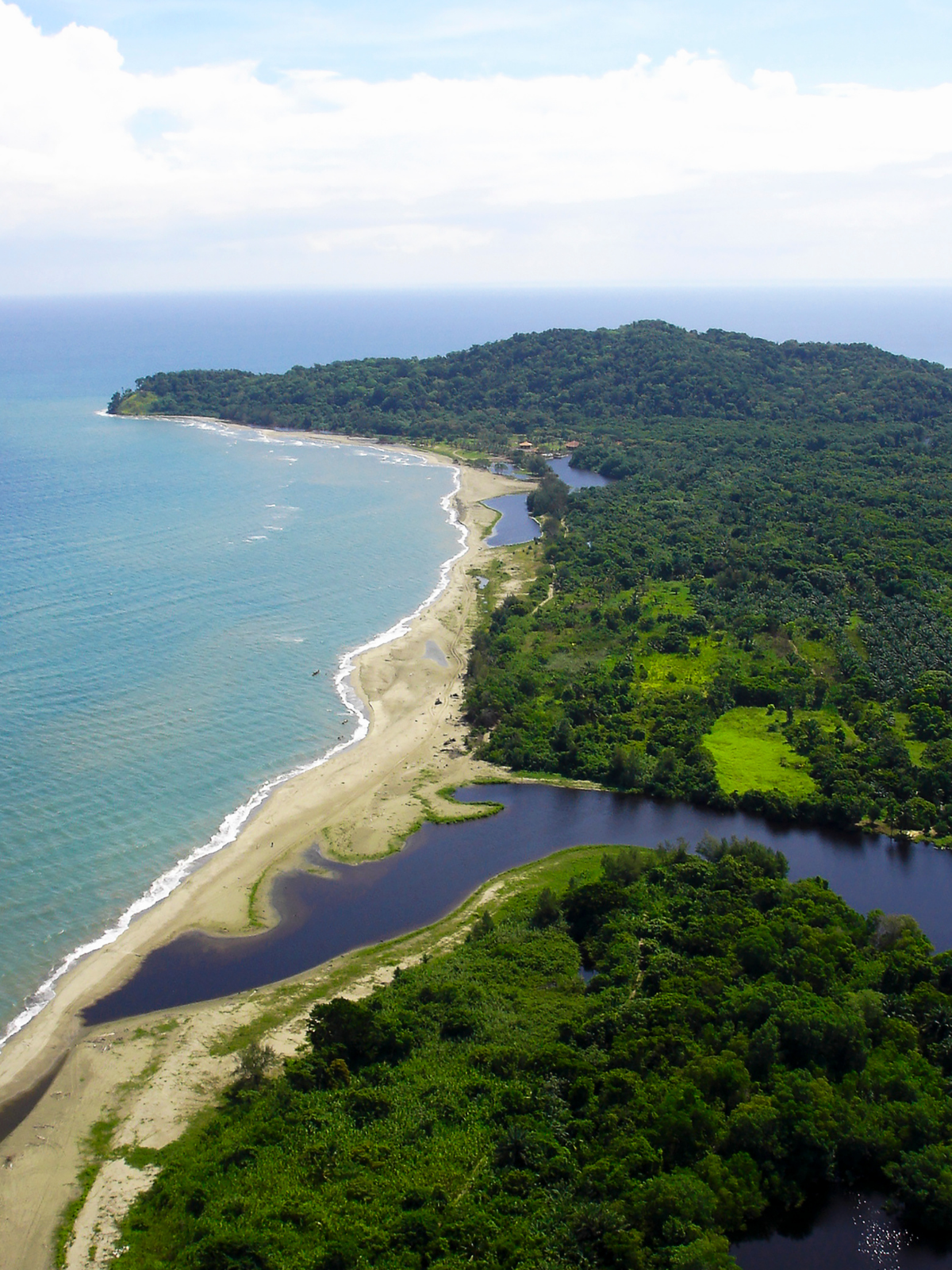In 2018, a law passed that opened up parts of the Honduran North Coast to commercial fishing—prior, only artisanal fishers were able to fish within certain areas. While some of the coastline lies within marine protected areas (MPAs), we suspected that fish populations along the coastline were all connected. If the MPAs weren’t somehow connected, we worried that the new commercial fishing could devastate fish populations. So we started collaborating with Universidad Católica de la Santísima de Concepción in Chile and other partners on a new research project.
This past year, the results proved our hypothesis—fish populations in MPAs along the eastern Caribbean coast in Trujillo, Honduras were connected to fish populations in MPAs along the western Caribbean coast in Tela Bay, Honduras. The data show that fish travel between the two areas, and to fully protect key species, we need to create a protected corridor.
Now, our team is turning that information into action—we are working to define the boundaries of a biological corridor that would protect fish as they move between protected areas and we will then use these data to advocate for new coastal protections.
